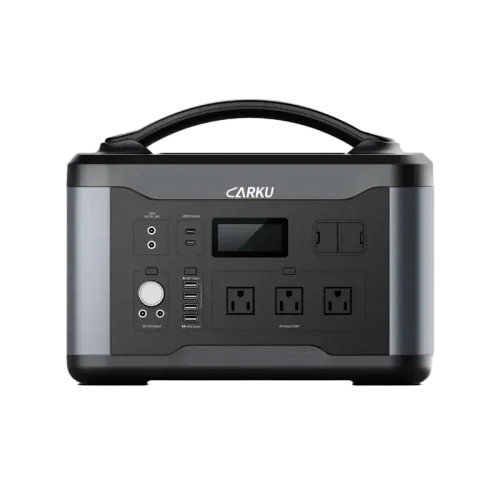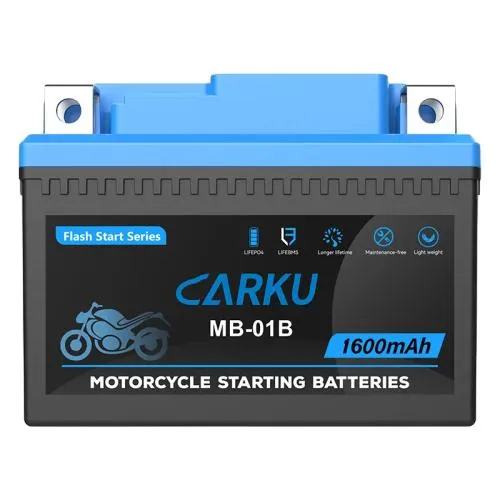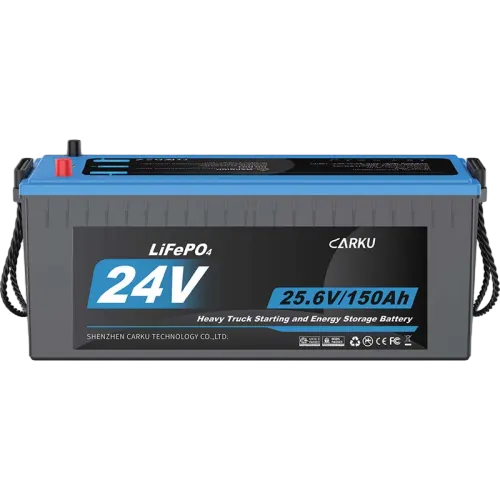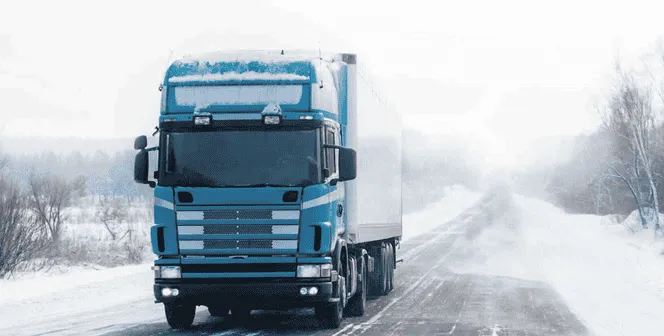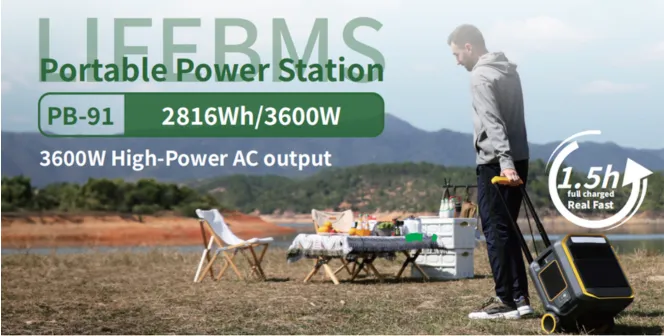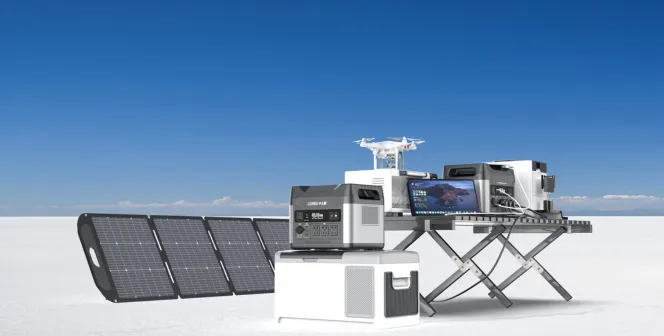24V battery is made with two serial batteries, two battery is usually made by the custom battery solutions, it’s also called DIY battery. Otherwise, we also have certain capabilities in original design manufacturing (ODM) and original equipment manufacturing (OEM)
How To Make Battery Jump Starter With Two Batteries?
Do you need to jumpstart a 24v truck alone? Actually a 24V truck typically uses two 12V batteries connected in series to create a 24V electrical system. To jump start this vehicle system effectively, Carku produce original equipment manufacturing products, you need a 24V jump starter specifically designed for heavy duty vehicle applications.
A 24V jump starter configuration consists of three main components: internal battery setup, custom battery solutions, and series connection design.
Internal battery setup: A 24V jump starter contains multiple lithium battery cells configured in series to output 24V for heavy duty vehicle applications.
Custom battery solutions: Many professional-grade lithium-ion battery 24V jump starters use custom battery pack designs optimized for high current delivery and durability.
Series connection: The internal batteries are connected in series to achieve the required 24V output voltage.
What Voltage Should A Jump Starter Be?
As a manufacturer of 12V automotive jump starters, our engineers have achieved significant maturity in advanced circuit regulation systems, intelligent BMS control technology, and precision manufacturing processes. These three production line technologies are closely tied to determining how many volts a jump starter should have.
How To Build a 12V Jump Starter: Inside the Manufacturing Process
The 12V jump starter output is achieved by connecting 3 or 4 high-quality lithium cells in series. To ensure precision, advanced post-stage regulation technology is applied to stabilize the voltage at 12V, making it perfectly compatible with all 12V automotive electrical systems. CARKU DSLI IV technology further enhances safety during use, improves starting speed, and delivers higher voltage performance.
The internal voltage regulation circuitry guarantees stable and reliable starting performance. The high-efficiency DC-DC converter precisely adjusts the battery pack voltage to the standard 12V output, while the intelligent voltage stabilizing module prevents fluctuations, providing 100% protection for sensitive components such as the ECU and sensors.
Therefore, when building a DIY battery jump pack, a certain level of automotive electrical knowledge is required, and non-professionals should pay special attention to operating procedures.
In terms of manufacturing process, industrial-grade welding technology is used to connect multiple premium lithium battery cells in series. The production process of a 12v jump starter requires advanced PCB integration methods to combine voltage regulation, the battery management system, and protection circuits into a unified system. Finally, the product undergoes calibration and rigorous testing with professional-grade equipment to ensure the output remains consistently stable at the standard 12V.
Why 12V Jump Starters Are the Best Choice for Most Drivers?
The voltage of your 12v jump starter must match your vehicle's electrical system voltage. Here's how to determine the right voltage. 12V jump starters are not only suitable for most passenger cars, SUVs, and light trucks, but they are also the standard choice for vehicles with 12V electrical systems. Due to the lower voltage requirement and the application of advanced lithium battery technology—especially in 12V jump starters—these devices are often considered portable and must-have items for travel.
Step by Step Guide: Building A 24V Jump Starter From Two Batteries
The manufacturing logic of a 24V jump starter is largely similar to that of a 12V jump starter, with the main differences lying in the number of battery cells and the circuit design. A 24V system can typically be achieved either by connecting 6–8 lithium cells in series with voltage regulation or by combining two 12V modules in series. During DIY assembly, a more sophisticated BMS is required to ensure voltage balancing and safety between the two 12V modules. Since a 24V system must handle higher power loads, its output needs to remain stable within the 24V ± tolerance range.
-
Step 1: Prepare two 12V battery modules (each made of 3–4 lithium cells in series).
-
Step 2: Connect the two 12V modules in series to achieve 24V.
-
Step 3: Add a BMS to ensure voltage balancing and safety.
-
Step 4: Integrate a voltage regulation and protection circuit on a PCB.
-
Step 5: Calibrate and test the output to ensure stable 24V performance.
Now that you’ve learned the 5 essential steps to build a 24V jump starter, let’s take a closer look at why 24V jump starters are often the smarter choice for trucks and heavy-duty vehicles.
Why 24V Jump Starters Are the Best Choice for Most Trucks?
A 24V system is a much better fit for trucks, commercial vehicles, and heavy duty equipment because their engines demand far more power than regular passenger cars. With only 12V, the current draw becomes extremely high, which not only increases energy loss but also puts extra stress on the cables and starting circuits. By stepping up to 24V, trucks benefit from higher efficiency, longer runtime, and more reliable starting performance.
Mismatched voltage may harm your vehicle’s electrical components. Always check your vehicle's battery voltage specification before selecting a jump starter. A 12V jump starter cannot effectively start a 24V system, and using a 24V jump starter on a 12V system may cause damage.
Can You Jump A Semi Truck With A Car Battery?
For car-to-truck jump starting batteries,technically, it is not recommended to use a regular 12V car battery to jump-start a semi truck. Most semi trucks run on a 24V electrical system, which requires much higher cranking power than a car battery can provide.
Voltage mismatch: A 12V car battery cannot directly start a 24V truck system.
Insufficient current: Even if connected, the car battery does not deliver enough amps to crank a heavy-duty diesel engine.
Risk of damage: Mismatched voltage can overload circuits, damage the ECU, or cause overheating of the cables.
If a truck’s battery fails, the safer and more effective solution is to use a 24V jump starter or connect two 12V batteries in series to supply the proper 24V.
Frequently Asked Questions
1. Can you jump a 24 volt with 12v?
For 24V vehicles, invest in a quality 24V jump starter. Using a 12V unit is not only ineffective but could potentially damage both your jump starter and vehicle's electrical system.
2. How many amps do you need to jump-start a 24v truck?
For diesel heavy-duty trucks between 10.0L and 13.0L, a jump starter should provide a range from 1,200A to 2,000A. A JS-396 jump starter, designed for light to heavy-duty industrial applications, would be suitable for 24V systems.

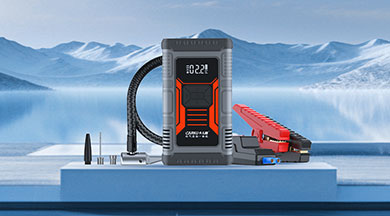






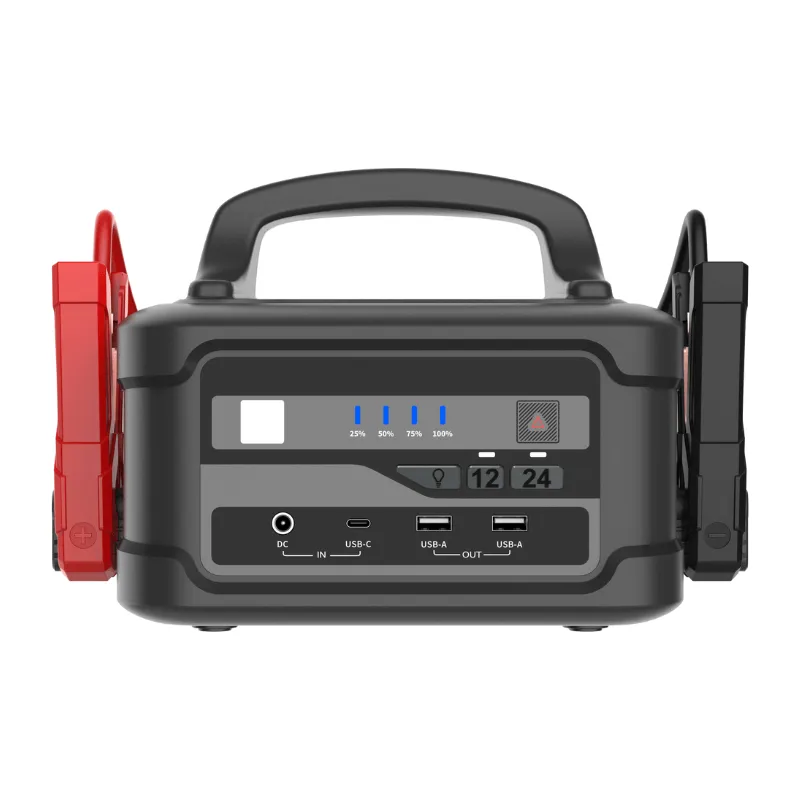
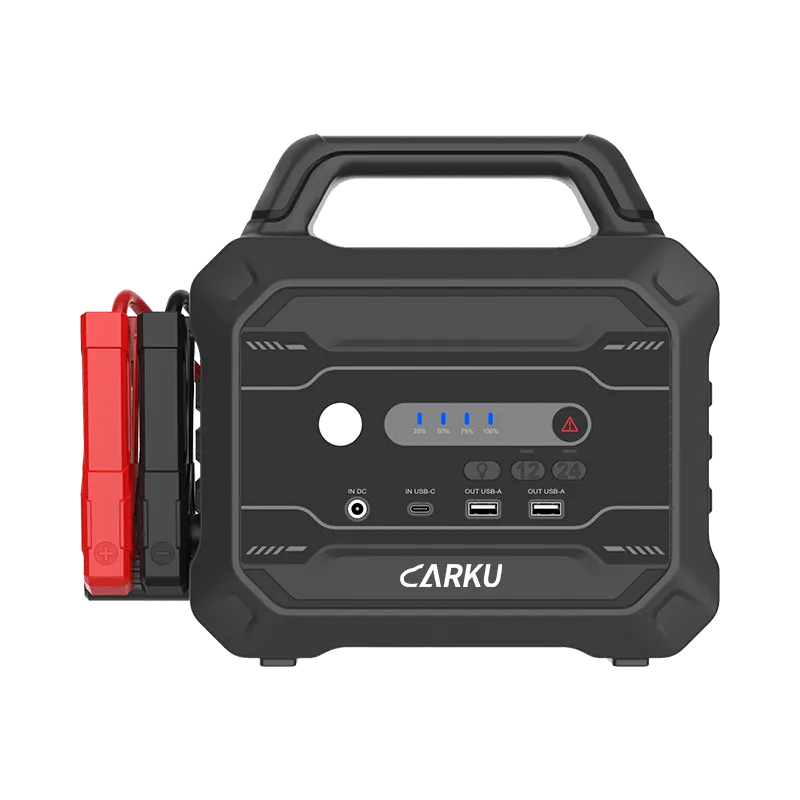
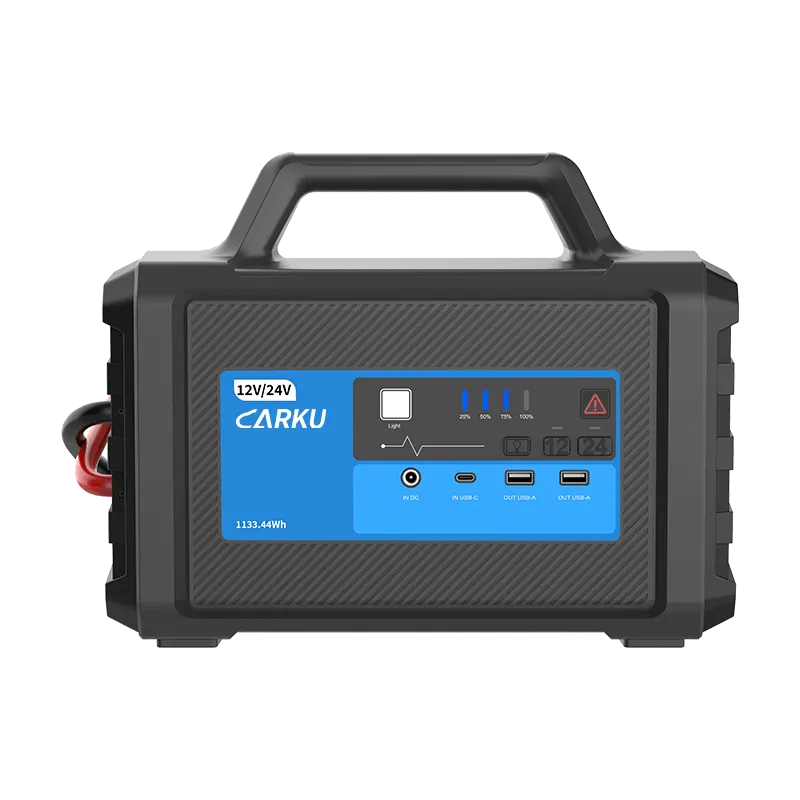
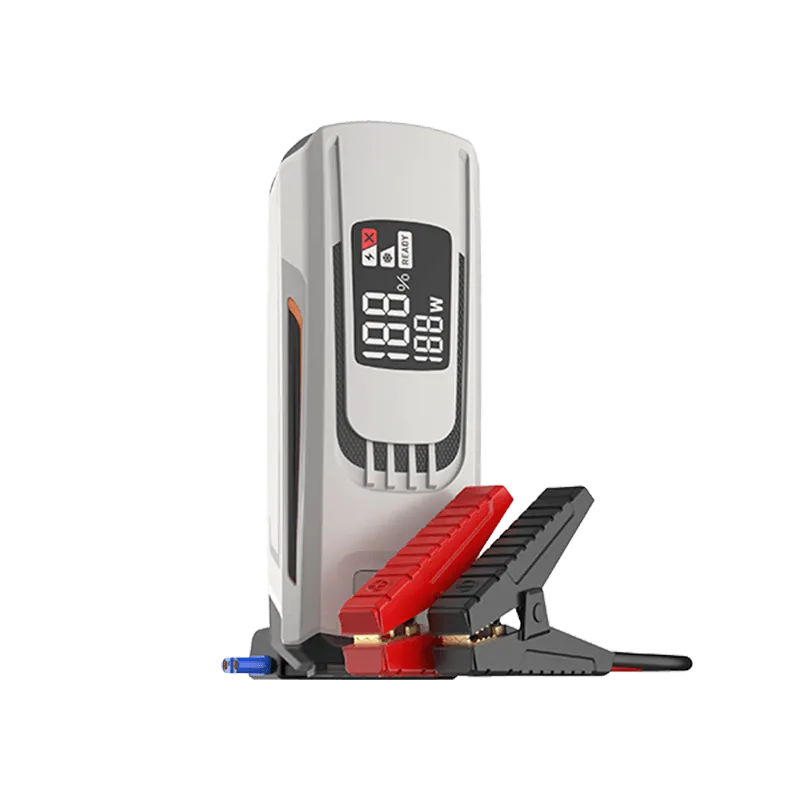
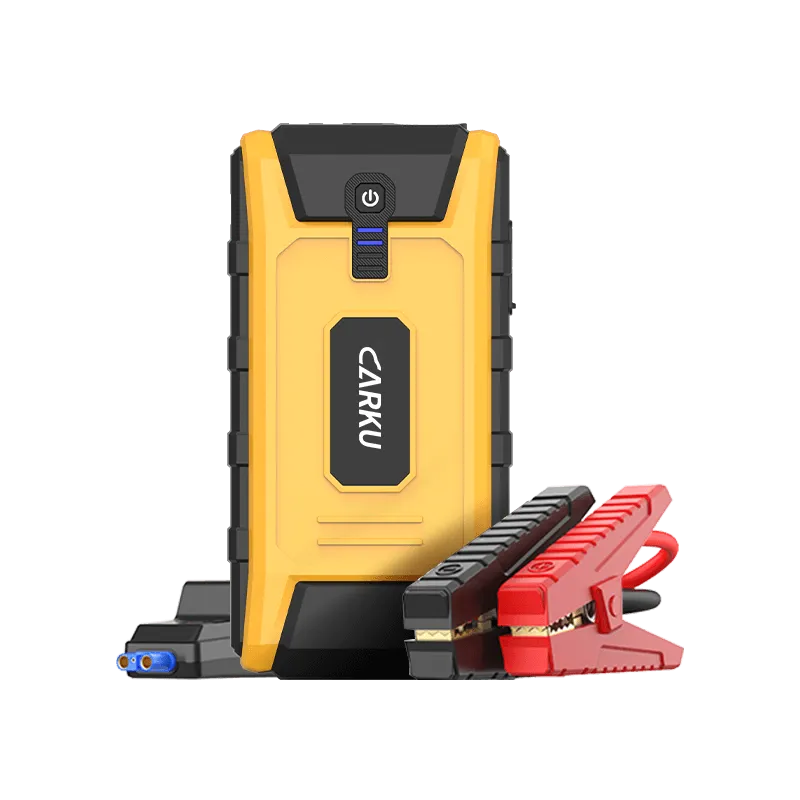
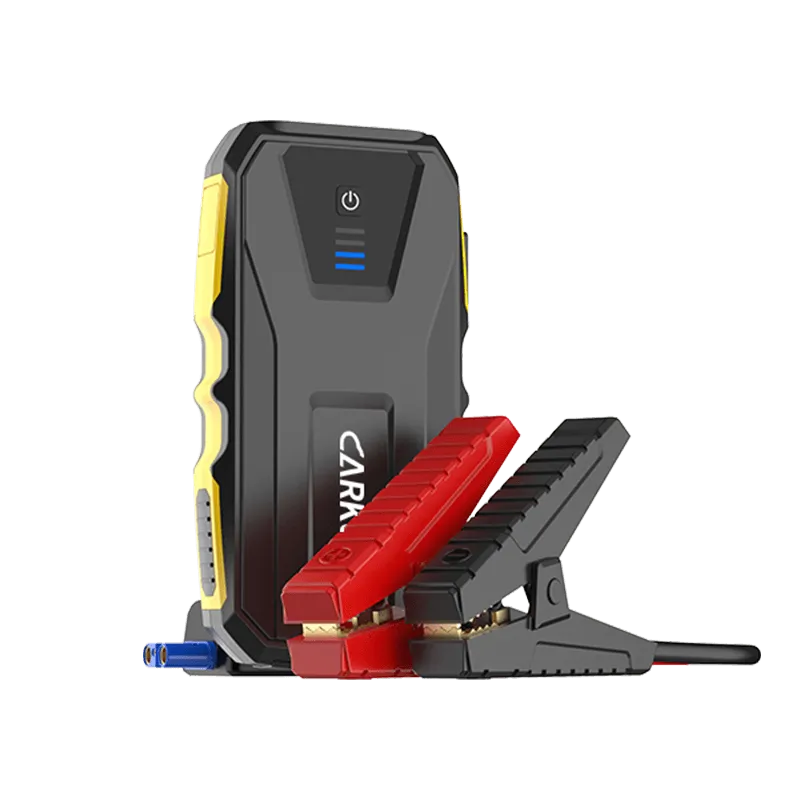

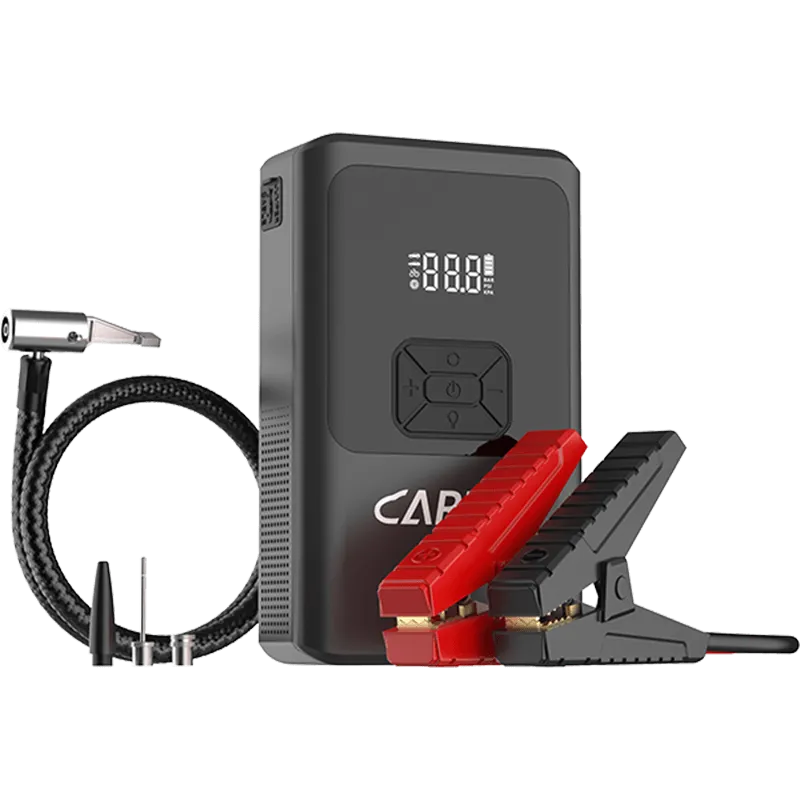
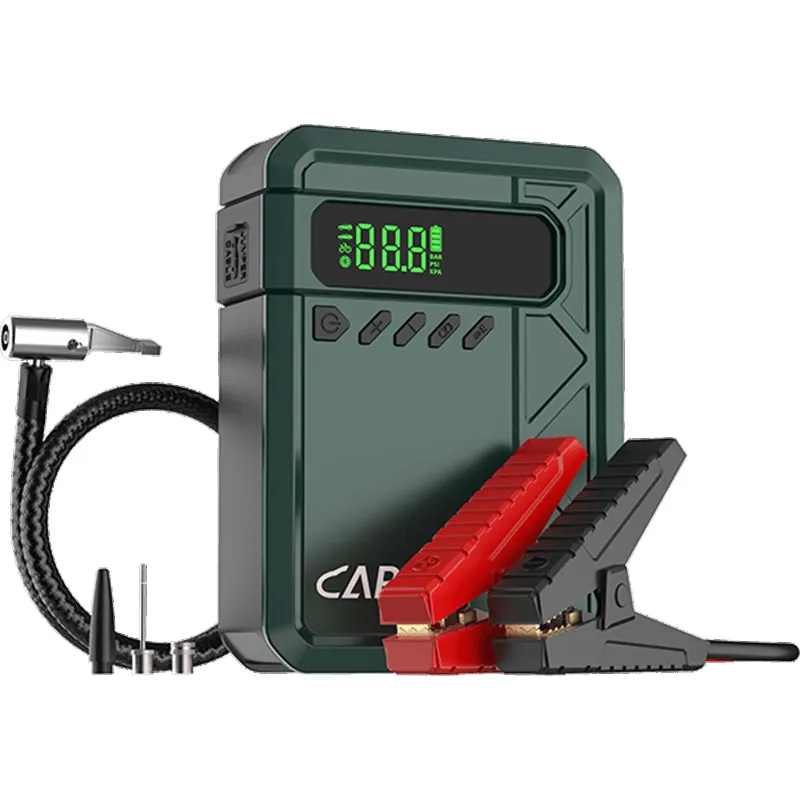
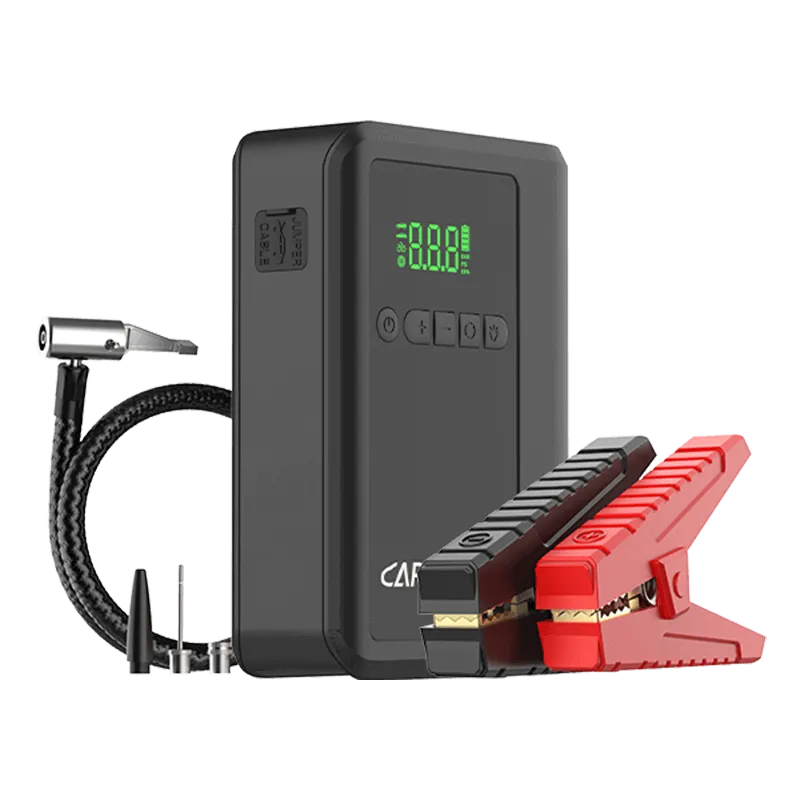
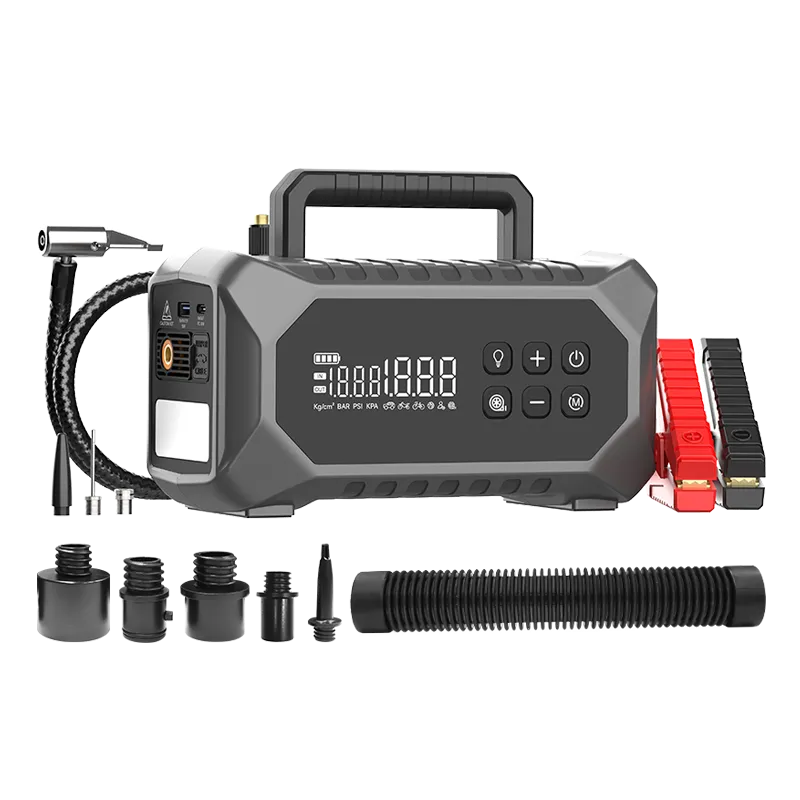
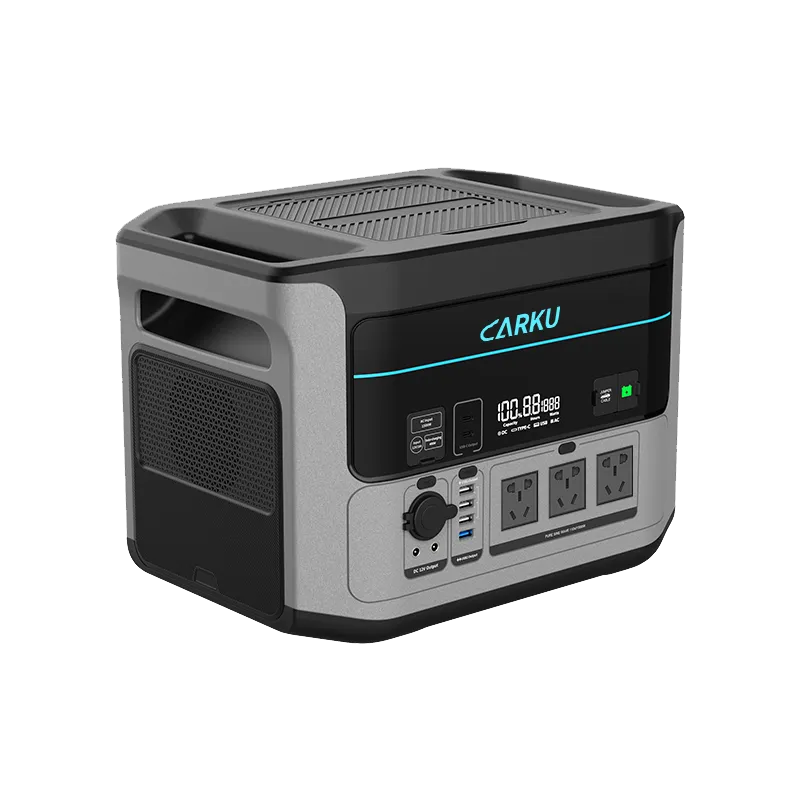

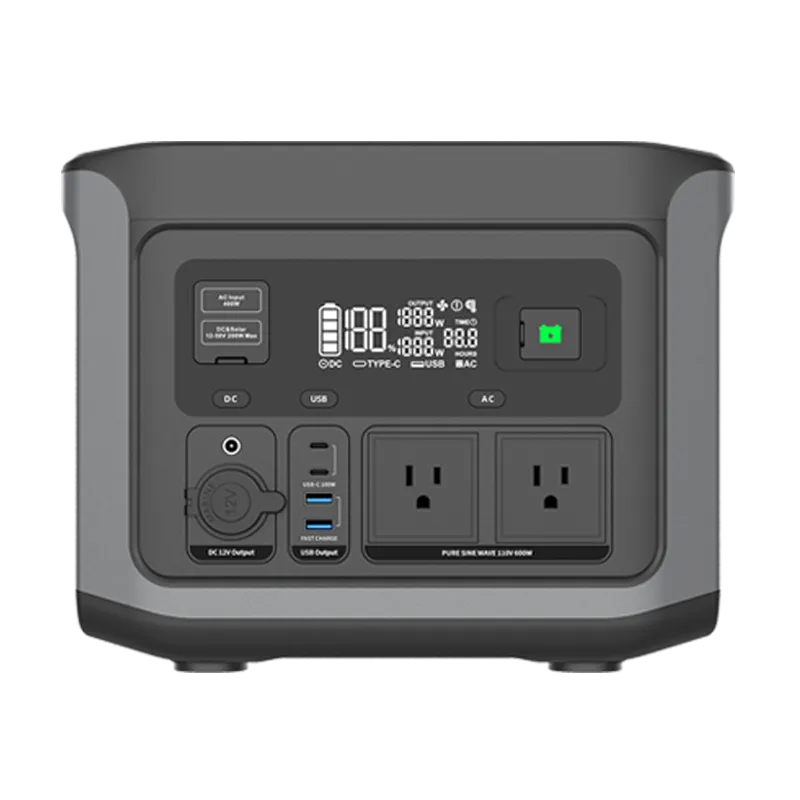
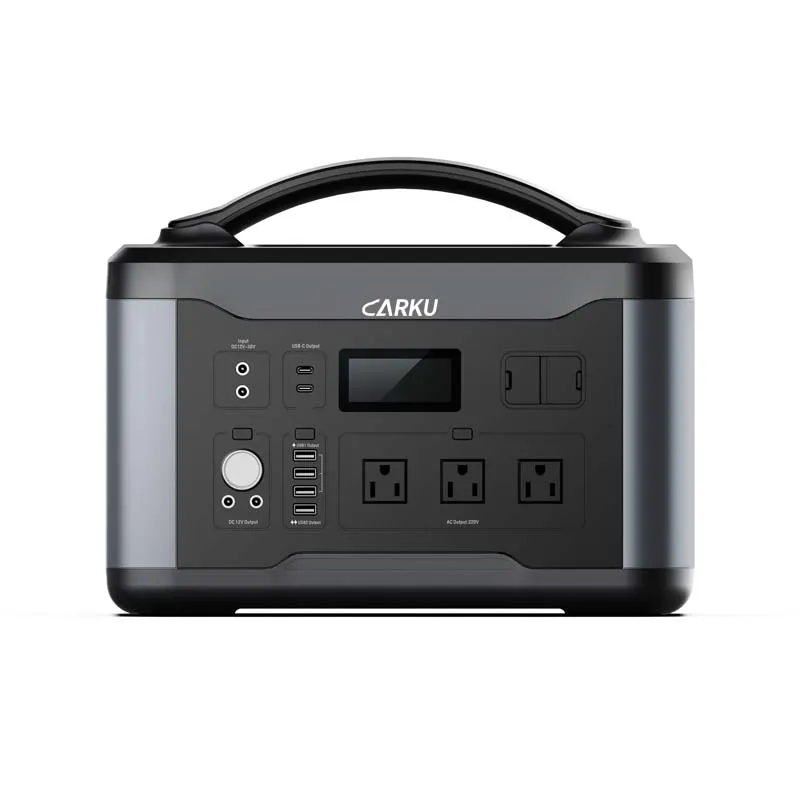
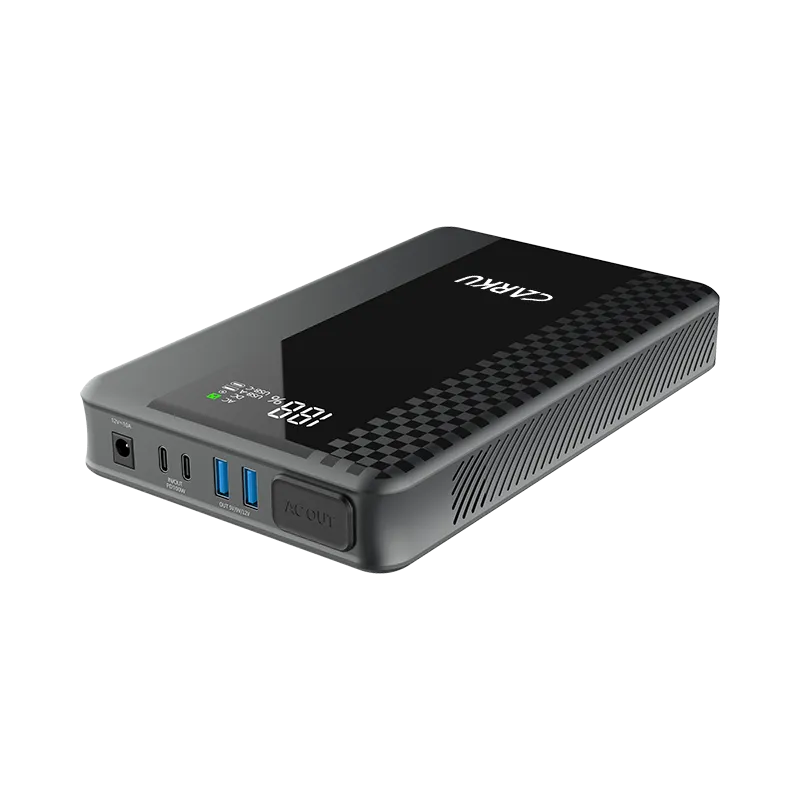
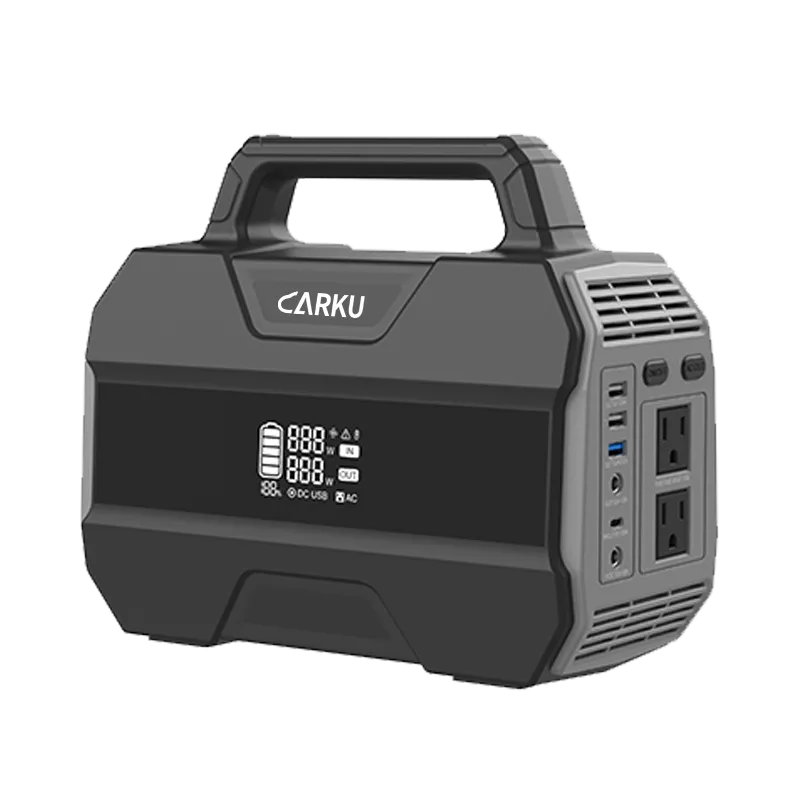
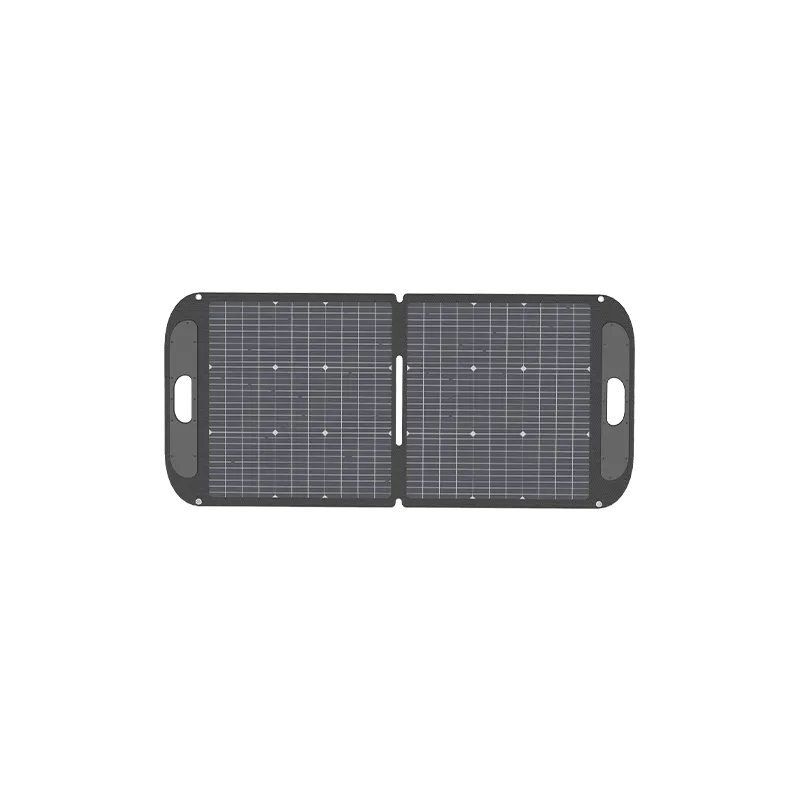
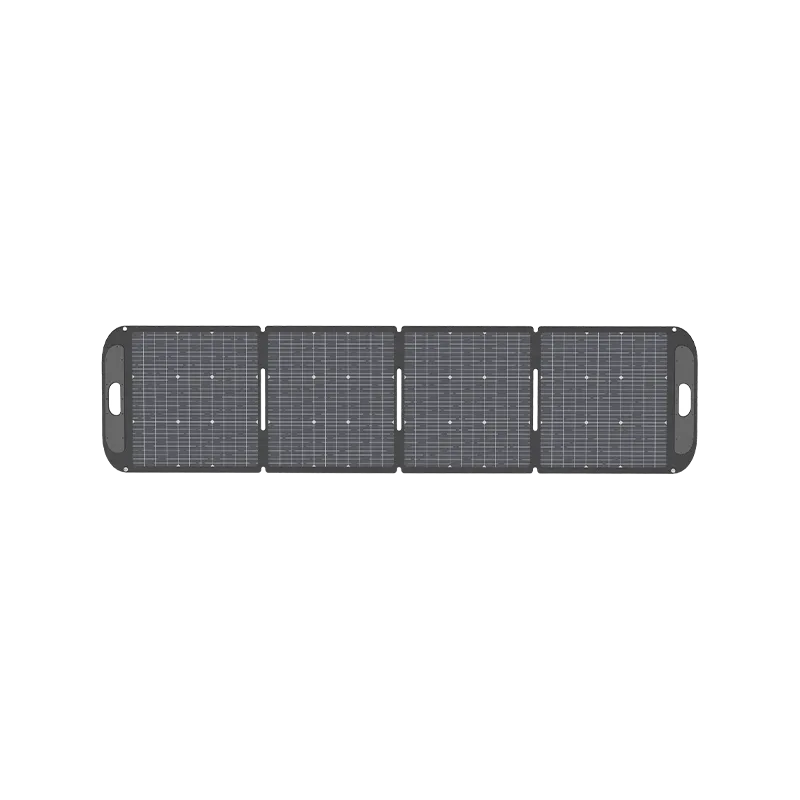
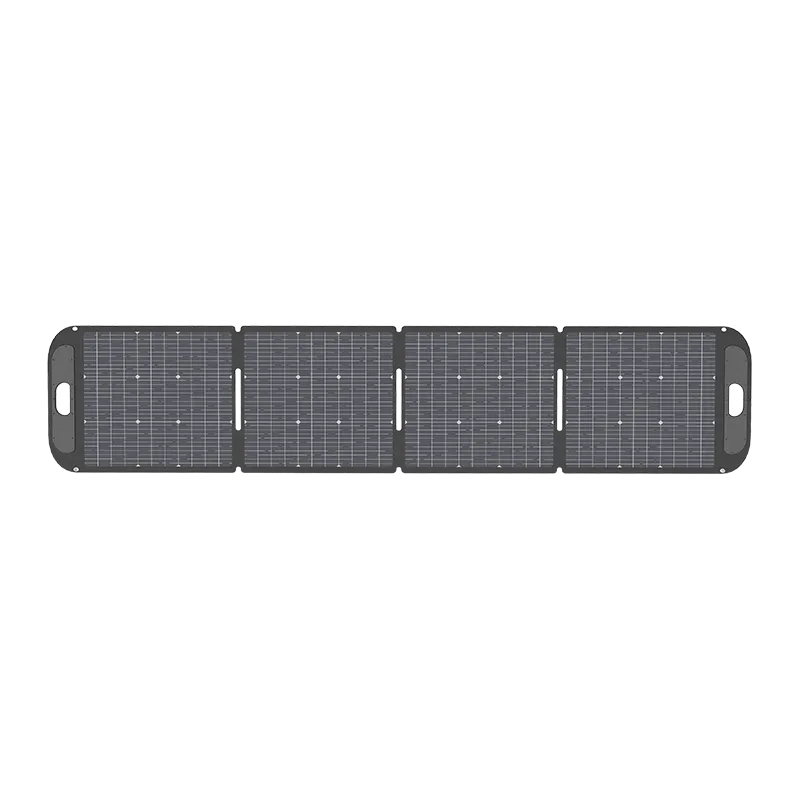
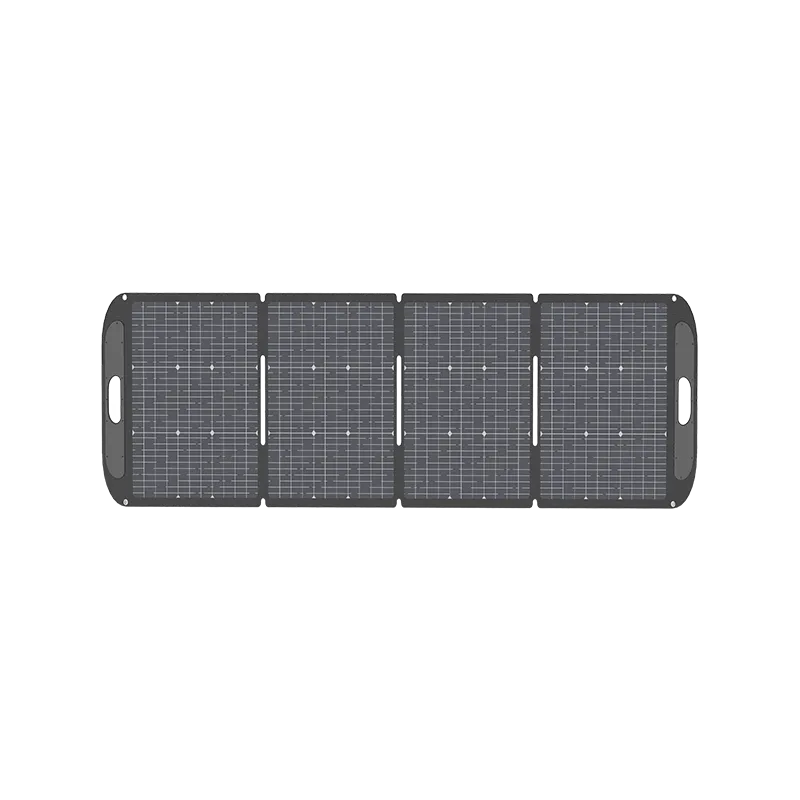
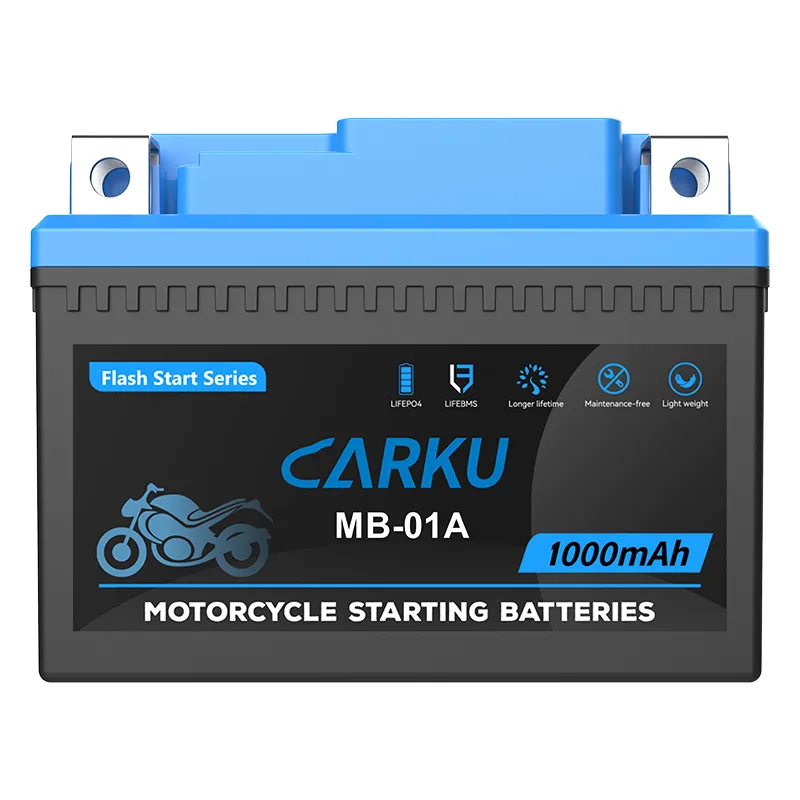
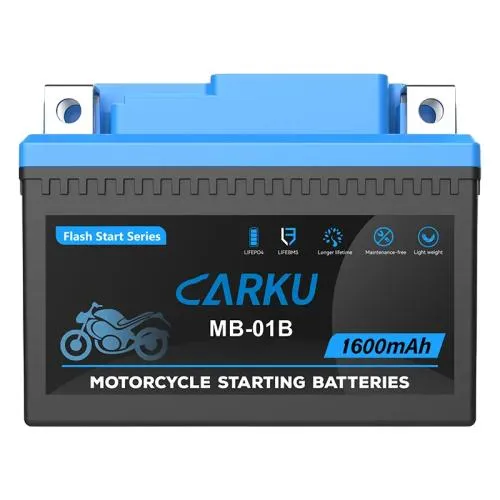
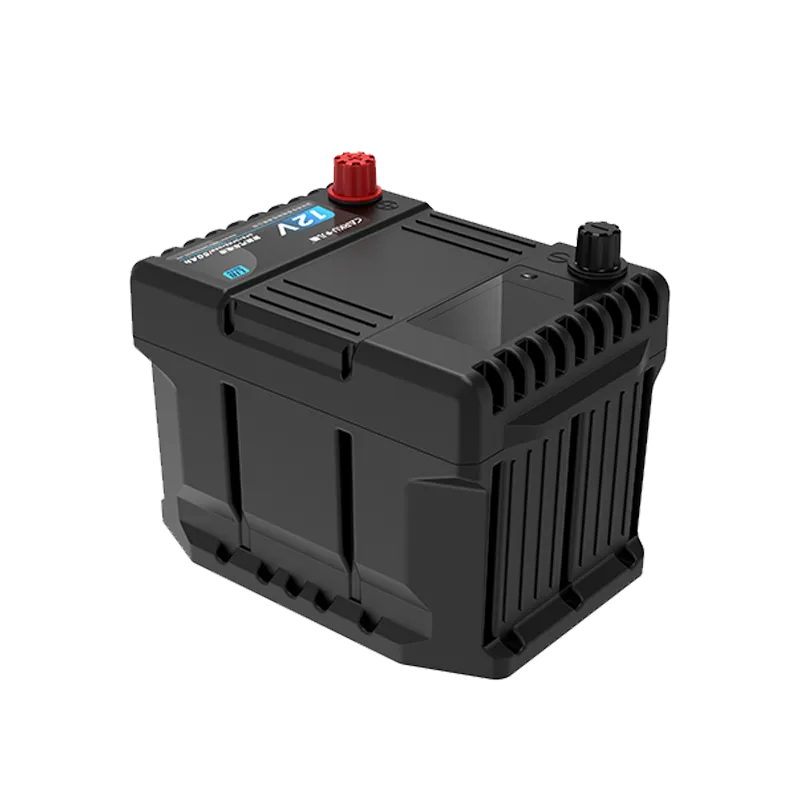
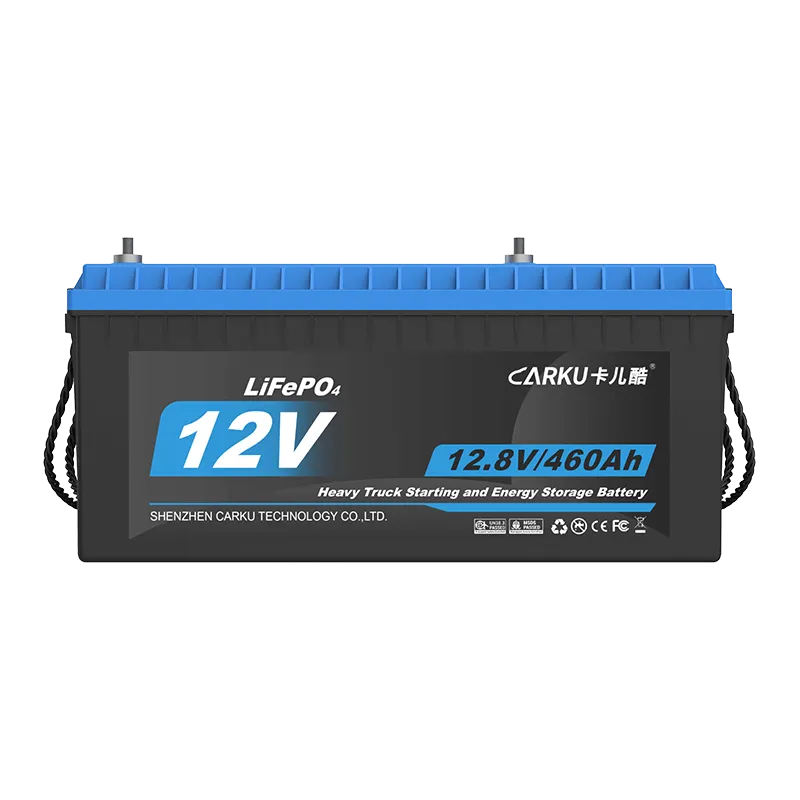

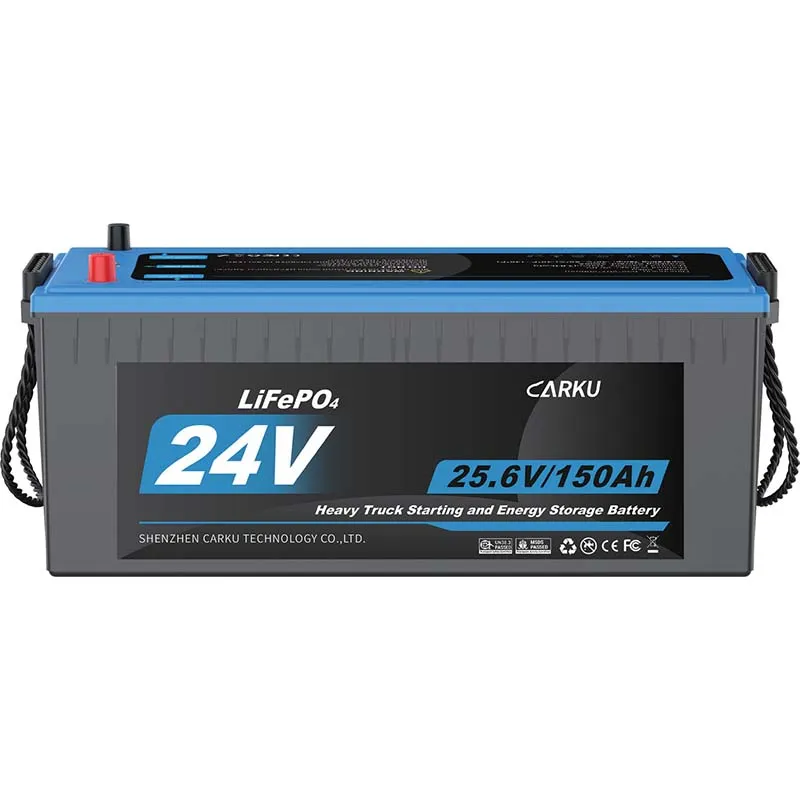
 Jump Starter ODM/OEM Solutions
Jump Starter ODM/OEM Solutions Portable Power Station ODM/OEM Solutions
Portable Power Station ODM/OEM Solutions Starting Battery ODM/OEM Solutions
Starting Battery ODM/OEM Solutions ABOUT CARKU
ABOUT CARKU STRENGTH FACTORY
STRENGTH FACTORY THE DEVELOPMENT HISTORY OF CARKU
THE DEVELOPMENT HISTORY OF CARKU CORE COMPETITIVENESS
CORE COMPETITIVENESS COMPANY CULTURE
COMPANY CULTURE QUALIFICATION
QUALIFICATION
 CARKU News
CARKU News CARKU Exhibitions
CARKU Exhibitions CARKU Battery Applications
CARKU Battery Applications


